Is Your Fireplace Costing Money? – Yes It Is!
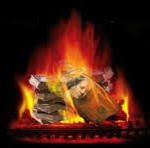 Is Your Fireplace Costing Money You Can’t Afford to Spend? Chances are, the answer to that question is “Yes”.
Is Your Fireplace Costing Money You Can’t Afford to Spend? Chances are, the answer to that question is “Yes”.
If you live in an older home, there’s a good chance that somewhere in that house there is or has been a masonry fireplace. A lot of times, masonry fireplaces are the focal point of living rooms or dens. Fireplaces can be a great source for supplementary heat, and in these very trying financial times, every penny counts. Unfortunately, the fireplace is the least efficient of all of the heating appliances you may have. The truth of the matter is, no matter how you burn open wood burning fireplaces, you are losing about 85% of your heat up the flue and out into the world. The thought that you can save money by keeping your wood burning fireplace up and running without making necessary repairs or fireplace makeovers, is a thought that is actually costing you money.
Why is your fireplace costing money.
Fireplace Construction
The first culprit on the list is the construction of the average wood burning fireplace. The firebox of the open fireplace is usually somewhat large and requires a firebox opening that is also fairly large. The average masonry fireplace opening is usually around 27″ tall by 36″ wide. In order for the fireplace to work properly the fireplace must draw air from the living area which in turn creates the draft which draws the smoke from the fireplace up the chimney flue. With air being drawn from the living area through the fireplace opening, it naturally draws the heat up the chimney flue also. Heat from the wood burning fireplace making it into the living area is usually reflective heat which seldom is strong enough to heat an area other than the area close to the hearth.
Fireplace Throat Dampers
The second construction flaw is the fireplace design of chimney dampers. The fireplace throat damper is usually installed during construction. The throat damper framing is installed into the fireplace throat which is directly above the firebox, then the fireplace damper plate is set into a trough in the framing. The handle is then attached to the framing and the plate to allow for opening and closing the fireplace damper. The main problem here is that the throat damper plate does not have a solid seal where it meets the framing allowing for heat loss even when the fireplace is not in use and the damper is closed. The end result is your fireplace costing you money.
What Do You Want From Your Fireplace?
So, what do you do? The answer to that question all depends on what you want to use your fireplace for. If you’re looking for an occasional fire for atmosphere and you’re not really looking for heat, you may not want to do anything and continue to use it as a traditional fireplace. If you want to use the wood burning fireplace as a heat source, you may want to install a Woodburning Fireplace Insert. While the initial expense of a Fireplace Insert can be costly when properly installed, that expense will be overshadowed by the savings you will experience over a period of time. Many of my loyal customers who have installed custom fireplace inserts have reported savings of up to 80% on their gas and electric bills during the heating season. No longer is their fireplace costing money, but instead has actually saved them money.
The Solution To Save Money
When it comes to the fireplace damper problem, this can be easily resolved with installation of a Chimney Top Damper. The Top-sealing Damper is installed at the top of the chimney flue. A stainless steel cable is extended down the flue and into the firebox area. There, it is mounted into a bracket that is installed on the firebox sidewall. To open the top-sealing damper you simply reach into the fireplace opening, remove the cable from the bracket. The spring loaded top-sealing damper automatically opens. To close it, simple pull the cable down and hook it back into the bracket.
Each Chimney Top Fireplace Damper is constructed with a special gasket. This gasket makes a solid seal between the damper frame work and the damper flap or lid. The gasket is weather resistant and seals solid to keep heat from esaping your living area out the chimney top. If you want to use your wood burning fireplace, simply open the top-sealing damper. When the fire burns out, close the damper to avoid your masonry fireplace costing you money.
In summary, the next time you’re sitting there looking at that fireplace, ask yourself “Is your fireplace costing money?”. Then look at your gas or electric bill. Remember what you have read in this post, and take the steps to solve your problem. We’ll be here, waiting to help you out. But why wait? Click the contact button below this post and get started now. We have the top-sealing dampers and fireplace insert to meet your needs. There is no need for a fireplace costing money. Solve the problem now and Save Money.
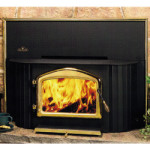
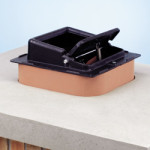
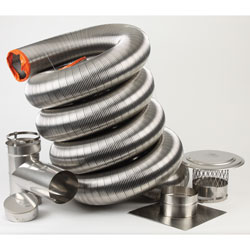
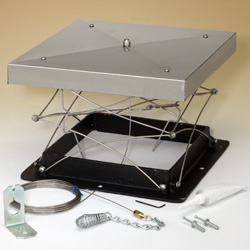
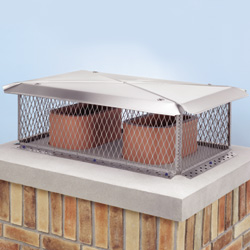
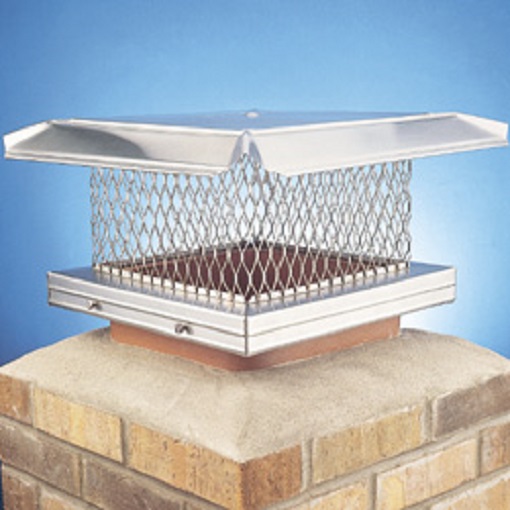
No comments yet.